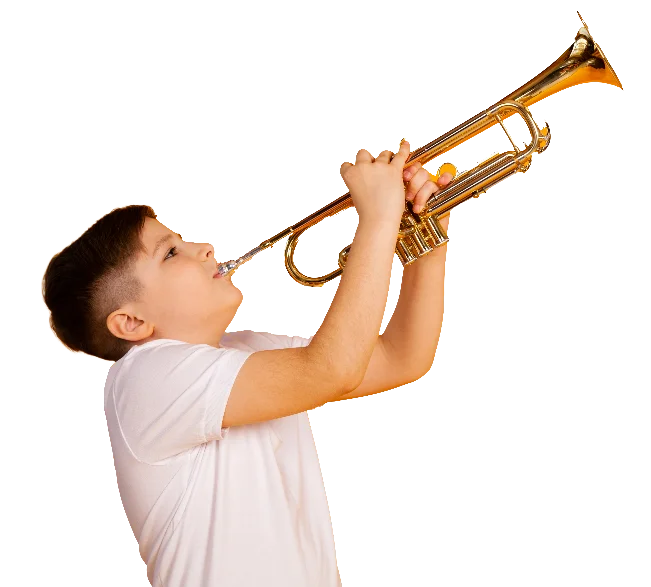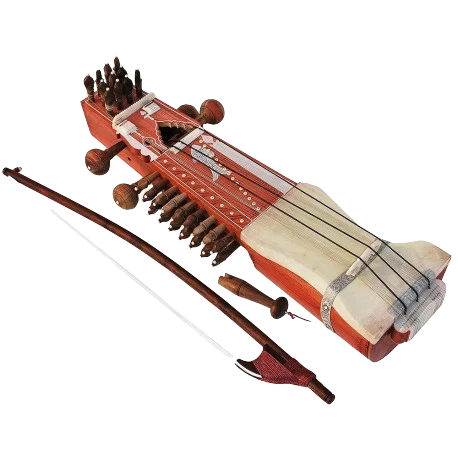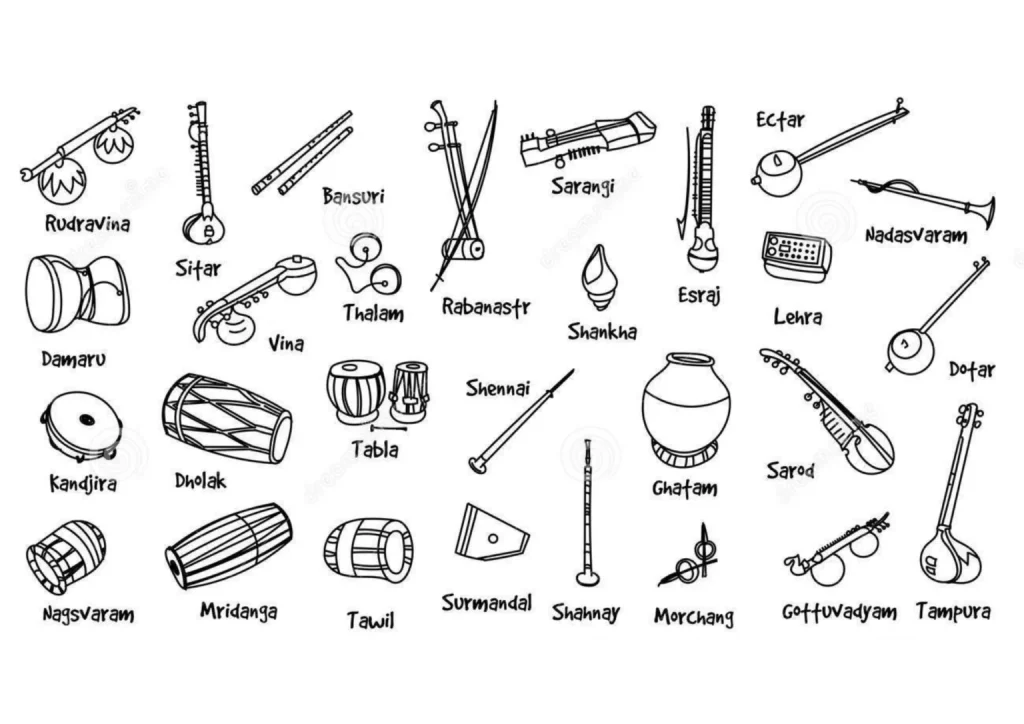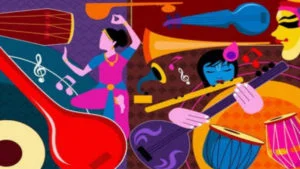
Wind instruments produce sound by a vibrating column of air, either employing a reed or a musician’s lips. These have a wide range of frameworks and sonority. Wind instruments also had an important role in all cultures’ music since prehistoric times. The pitch of these wind instruments varies depending on the manual settings and the instrument’s size and length. Some of these instruments need blowing through the mouthpiece, while others require buzzing.
Though it may appear simple, many wind instruments are difficult to learn and are dependent on a variety of factors. Wind instruments are fascinating because of their variety and application in a wide range of musical genres. People enjoy playing them in orchestras, bands, and chamber ensembles, but there is also a lot of solo repertoires.
This article provides a brief overview of the flute and shehnai instruments before delving into the key differences between them.
Flute

The flute is primarily a lyrical instrument with a clear and brilliant sound that has a unique warmth, delicacy, and nuance to it. It is a type of musical instrument that belongs to the woodwind family. The flute is a reedless wind instrument, unlike woodwind instruments with reeds. It produces sound by moving air across an opening. It produces sound when a stream of air directed against the edge of a hole, causes the air within the body of the instrument to vibrate.
Tubular flutes are the most common, although there are also spherical and various shapes. While the most famous size is the ‘treble’ flute, this instrument also comes in alto and bass sizes. They are much bigger and produce a lower sound.
The flute, particularly the Bansuri, has been an integral part of Indian classical music since 1500 BC. Hindu God Lord Krishna is mostly shown playing the flute.
The flute’s fluid sound, which strikes both high and low notes with equal ease, transports the listener to a wonderful and dreamlike place. It has been a part of history for thousands of years and has evolved into the instrument we see today!
Shehnai

The shehnai is an oboe from north India. Its sound is thought to be particularly auspicious and found in temples for this reason. In addition to this, it is an essential component of any North Indian wedding. Shehnai was one among nine instruments related to the sets of royal courts. This instrument usually relates to the nadaswaram, which is a very vital part of South Indian music.
The scale of shehnai is impossible to generalise because they come in a wide range of lengths. The longer versions are in a lower key, while the shorter versions are in a higher key.
It’s a tough instrument to play, demanding a lot of breath control. Especially for long, continuous melodic sections that can take place at a breakneck speed. It is possible to play various tunes on Shehnai by controlling the breath. According to the scholars of Indian music, the present-day shehnai was nothing but an evolution of the pungi.
Since time immemorial in India, the sound of a Shehnai inextricably links to Indian wedding music. Despite all of the changes, Shehnai continues to hold its allure as a piece of wedding music in the country!
Differences Between These Two Instruments
Characteristics

- The majority of modern concert flutes are made of silver, whereas 40,000-year-old instruments were made of bone or hollowed wood. The term “flute” was generally used to describe the recorder until the middle of the eighteenth century. The shehnai is mainly an evolution of the pungi (a woodwind folk instrument primarily in use for snake charming).
- A flute, unlike woodwind instruments with reeds, is an aerophone or reedless wind instrument that produces sound by moving air across an opening. Shehnai is an ancient woodwind instrument with a double reed and a long slim body and bulbous sound bowl, with or without keys.
Range
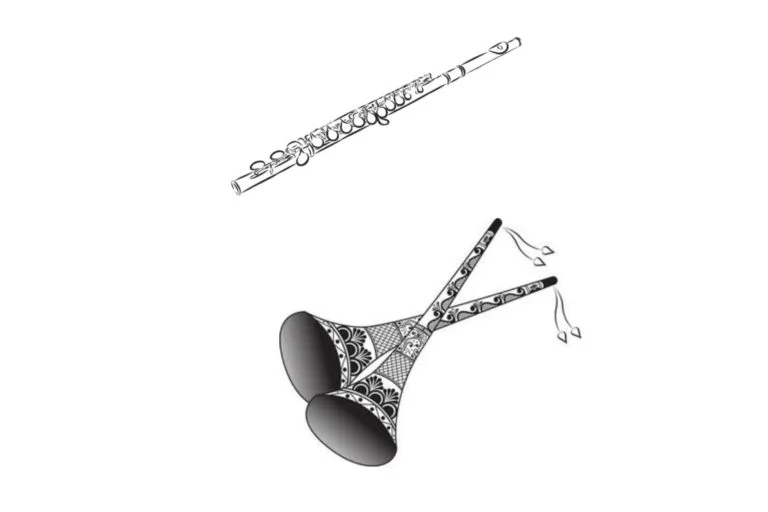
- A normal flute (also known as a treble flute) has a range of around three octaves and starts at middle C. Even so, some musicians with more experience can play up to an octave higher than that!
- The shehnai has a range of two octaves, from the A below middle C to the A one line above the treble clef. A musician must be able to learn a variety of wonderfully eccentric embouchure and fingering techniques.
How to play
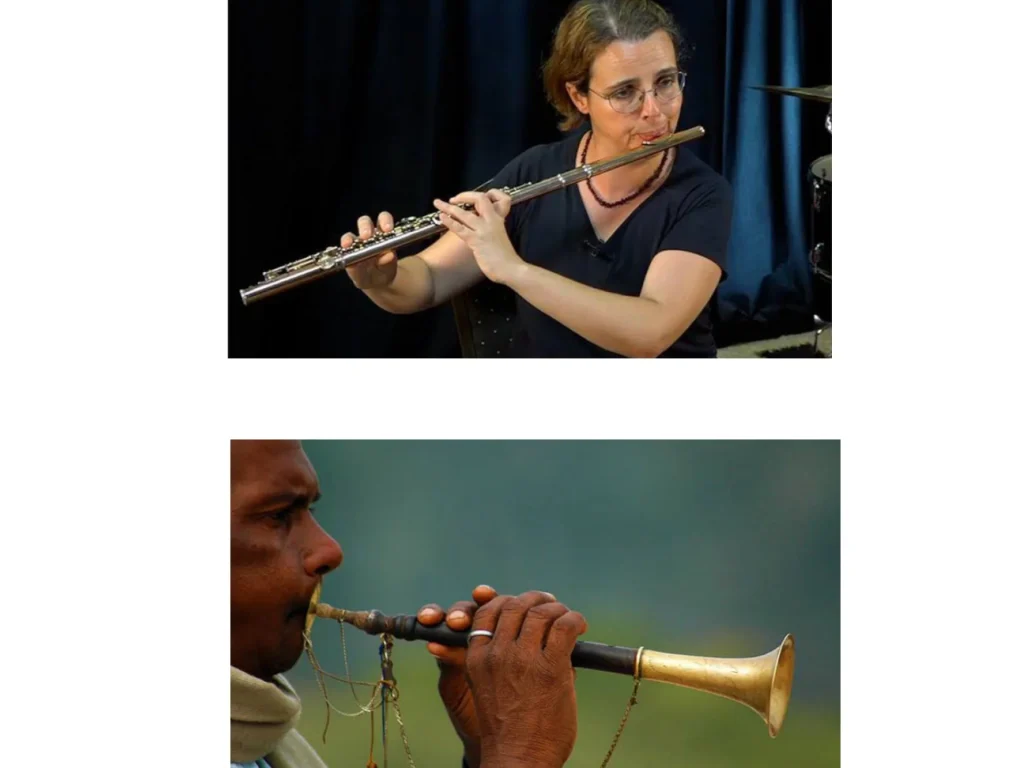
- To play the flute hold it sideways with both hands and blow across a hole within the mouthpiece, almost like blowing across the top of a bottle. You can change frequency by closing and opening the keys with the use of fingers. Varying the air flow into the instrument can affect the pitch, volume, and sort of sound created.
- A player holds the shehnai vertically. Partial closing the holes with the fingers as well as by adjusting the blowing pressure in the pipe one can produce semitones. Shehnai is a very difficult instrument to play which requires excellent breath control, training, practise, and dexterity.
Venues

- Flutes are in use in a variety of ensembles, including concert bands, orchestras, flute ensembles, jazz bands, and big bands on occasion. There is also a substantial solo repertoire.
- The sound of the shehnai is synonymous with good fortune. As a result, it is still being played in temples and essential component of any North Indian wedding.
Final Thoughts
Learning a musical instrument is not only enjoyable, but it can also serve as a great hobby. Even playing a musical instrument in the evening can help you unwind after a long day at work. Learning to play an instrument not only feeds and sustains the brain, but it also improves many other cognitive and physical aspects of the body.
If you want to learn to play a wind instrument, there are many options for beginners. You will easily find the right musical instrument for all moods and preferences, ranging from traditional to modern options.
Podium School also aspires to keep you up to date with all the things related to both classical and contemporary music. Thus, we recommend that you enrol in one of the Podium’s Music courses, and you’ll be pitch-perfect in no time!
Do explore our piano classes and sign up for a free trial with our experienced faculty.
Stay on board with us and keep visiting the Podium Blog for more entertaining and educational articles about music and other topics!
Share with your friends
